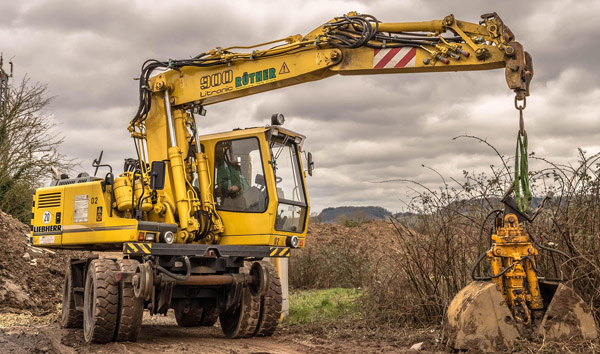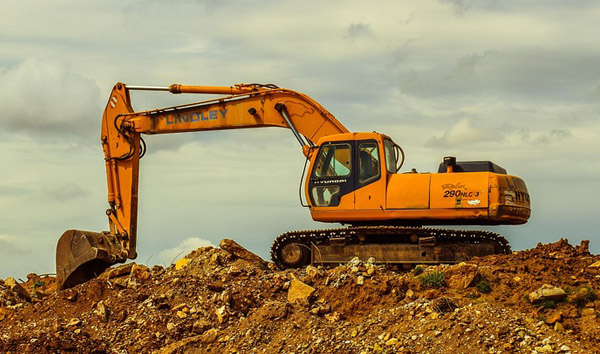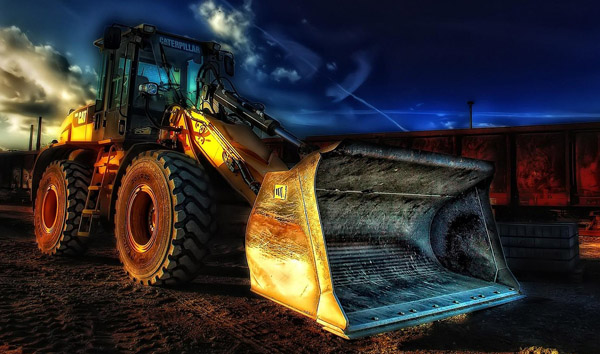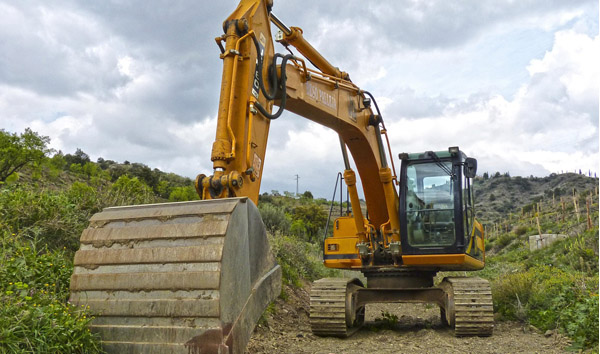Navigating the Complexities of All-Terrain Forklift Specifications
2025-07-25 05:25:26
All-terrain forklifts are engineered to operate efficiently in challenging environments, from construction sites to agricultural fields. One of the most critical specifications is load capacity, which typically ranges from 3,000 to 10,000 pounds, depending on the model. Higher-capacity units often feature reinforced frames and hydraulic systems to handle heavy loads without compromising stability. Additionally, load centers—usually 24 inches—must be considered to ensure safe lifting operations.
Engine power is another vital factor, with most all-terrain forklifts equipped with diesel or LPG engines ranging from 50 to 100 horsepower. These engines provide the torque necessary for climbing inclines and traversing uneven surfaces. Advanced models may include turbocharged options for enhanced performance in high-altitude or extreme conditions. Fuel efficiency is also a key consideration, as operational costs can escalate in remote job sites where refueling options are limited.
Tire design plays a pivotal role in the functionality of all-terrain forklifts. Pneumatic tires with deep treads are standard, offering superior traction on mud, gravel, and loose soil. Some models feature solid rubber tires for puncture resistance in debris-heavy environments. Tire width and pressure adjustability further enhance stability, reducing the risk of tipping when navigating slopes or rough terrain.
Stability features, such as oscillating axles and dynamic load-sensing systems, are essential for safe operation. Many all-terrain forklifts incorporate hydraulic suspension to absorb shocks and maintain balance on uneven ground. Additionally, counterweight distribution is optimized to prevent rollovers, a common hazard in off-road applications. These specifications ensure that operators can maneuver confidently in unpredictable conditions.
Finally, technological advancements like telematics and automated load management systems are becoming standard in modern all-terrain forklifts. These features provide real-time diagnostics, fuel monitoring, and predictive maintenance alerts, minimizing downtime. By prioritizing these specifications, businesses can maximize efficiency and safety in demanding work environments.














